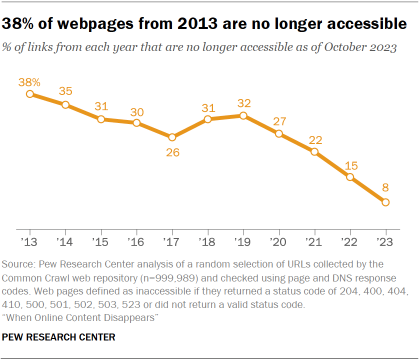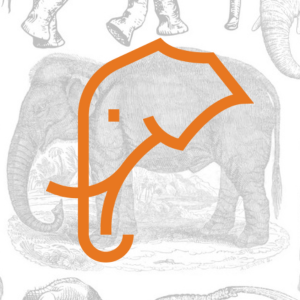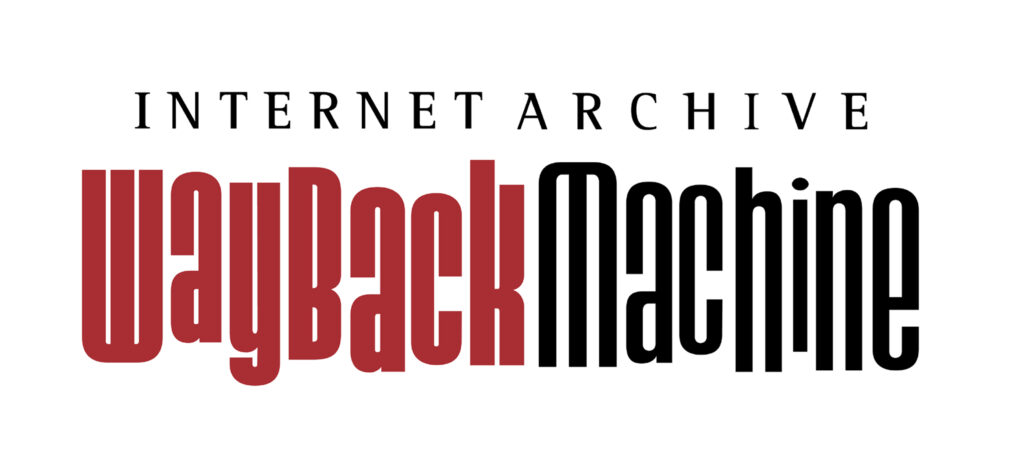Keepers Registry – A Two-Way Street for E-journal Preservation
This paper gives a short overview of Keepers registry and describes two use cases for interacting with the registry: (1) using it to query data and crosscheck it against institutional holdings to prioritize holdings for in-house digital preservation (2) reporting archival holdings back to Keepers Registry to make institutional preservation activities transparent. The paper describes the use cases in the context of TIB’s digital preservation processes and outlines solutions found and challenges encountered. It concludes with an outlook to further work for TIB’s workflows as well as for an e-journal preservation registry in general.







